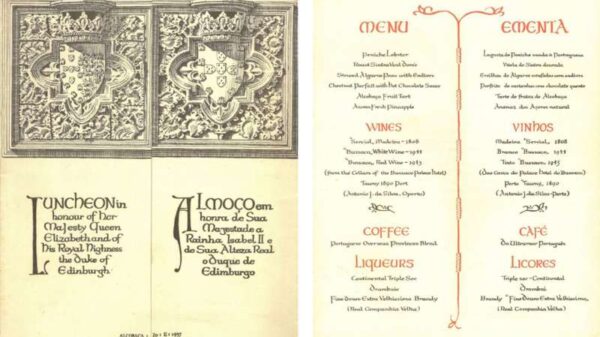A significant theft occurred at the Louvre Museum in Paris on March 24, 2024, prompting the museum to close for the day as authorities conduct an investigation. French Culture Minister Rachida Dati confirmed the incident via social media, stating, “A robbery took place this morning at the opening of the Louvre Museum.” The museum announced its closure for “exceptional reasons,” but provided no further details regarding the heist. Fortunately, no injuries were reported during the incident.
According to reports from French daily Le Parisien, the criminals accessed the museum through the Seine-facing facade, where construction is currently underway. They utilized a freight elevator to reach the targeted room in the Apollo Gallery. After breaking windows, the thieves allegedly stole nine items from the jewellery collection of Napoleon and the Empress. The theft underscores the ongoing risks faced by one of the world’s most visited cultural institutions.
Historical Context of Theft at the Louvre
The Louvre Museum has a notorious history of thefts and attempted robberies. One of the most famous incidents occurred in 1911 when the Mona Lisa was stolen by Vincenzo Peruggia, a former museum worker who hid inside overnight and exited with the painting concealed under his coat. The artwork was recovered two years later in Florence, contributing to its status as the world’s most recognized piece of art.
In 1983, two pieces of Renaissance-era armor were stolen from the museum, only to be recovered nearly four decades later. The museum’s collection not only showcases works from various eras but also reflects the legacy of looting during the Napoleonic era, which continues to fuel debates about restitution today.
The Louvre houses more than 33,000 works that span antiquities, sculpture, and painting, featuring significant pieces from Mesopotamia, Egypt, and classical civilizations, as well as masterpieces by European artists. Its star attractions include the Mona Lisa, the Venus de Milo, and the Winged Victory of Samothrace. The Galerie d’Apollon, where the recent theft reportedly took place, is home to a selection of the French Crown Jewels.
Each day, the museum draws approximately 30,000 visitors, making it a prime target for criminal activity. As investigations continue, the Louvre’s management is likely to review security measures to prevent future incidents, reinforcing its commitment to safeguarding its invaluable cultural heritage.




































































